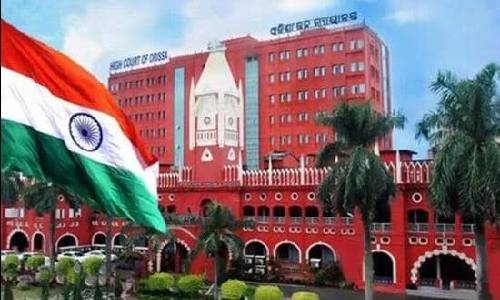
Case Title: Harekrushna Naik & Ors. v. State of Orissa
The Orissa High Court upheld the conviction of three murder convicts ensuing life sentence awarded to them in a '22-year-old' case. The same was upheld on the basis of a testimony of an injured witness who is also the son of the deceased victim.
The Court discussed the reliability and credibility of an injured witness and quoted the stand of the Apex Court in this regard. The settled position of law in regard to the testimony of an injured eyewitness has been explained by the Supreme Court in Abdul Sayeed v. State of Madhya Pradesh, as under:
“28. The question of the weight to be attached to the evidence of a witness that was himself injured in the course of the occurrence has been extensively discussed by this Court. Where a witness to the occurrence has himself been injured in the incident, the testimony of such a witness is generally considered to be very reliable, as he is a witness that comes with a built-in guarantee of his presence at the scene of the crime and is unlikely to spare his actual assailant(s) in order to falsely implicate someone. Convincing evidence is required to discredit an injured witness...”
“30. The law on the point can be summarised to the effect that the testimony of the injured witness is accorded a special status in law. This is as a consequence of the fact that the injury to the witness is an inbuilt guarantee of his presence at the scene of the crime and because the witness will not want to let his actual assailant go unpunished merely to falsely implicate a third party for the commission of the offence. Thus, the deposition of the injured witness should be relied upon unless there are strong grounds for rejection of his evidence on the basis of major contradictions and discrepancies therein.”
Cancelling the bail bonds of the convicts which were earlier enlarged, the Court observed it is satisfied that the prosecution has been able to prove its case beyond all reasonable doubts against the four accused. The Court is unable to find any error having been committed by the trial court in convicting the Appellants and sentencing them in the manner indicated above.

